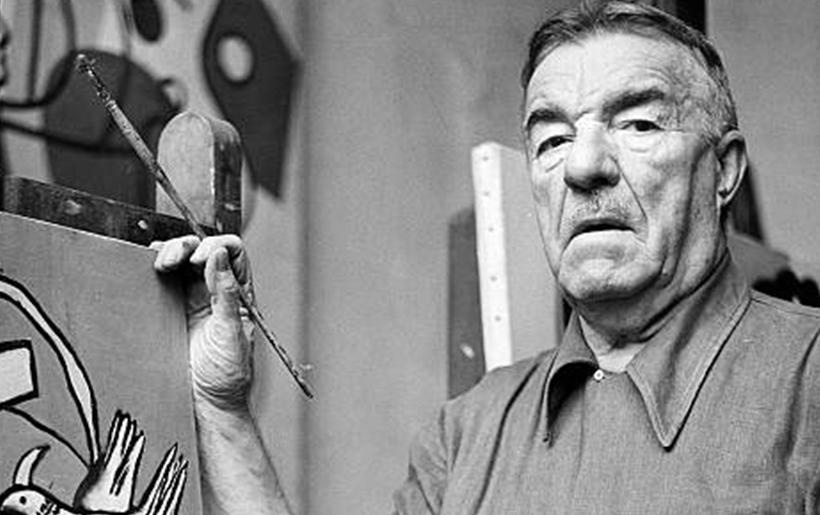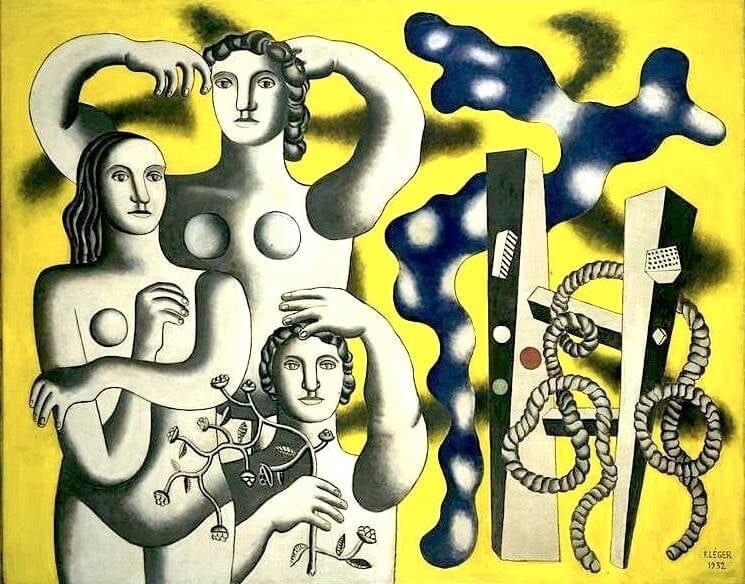
Expressionism really took root in Germany, in Dresden, Munich and Berlin. Three separate groups emerged, which are collectively referred to by art historians as German Expressionism: Die Brucke (1905-13), Der Blaue Reiter (1909-14), and the post-war Die Neue Sachlichkeit (1920s).
Fernand Léger is best known for the modernity of his works and ideas, he celebrated machinery, urban life and progress. However, while his contemporaries were using more innovative techniques like papier mâché, collage, found object or photography, Léger clung to oil painting.

Léger worked in a variety of media including paint, ceramic, film, theater and dance sets, glass, print, and book arts. While his style varied, his work was consistently graphic, favoring primary colors, pattern, and bold form.






























